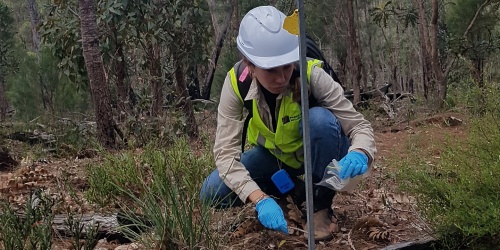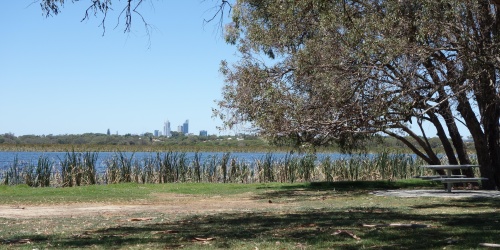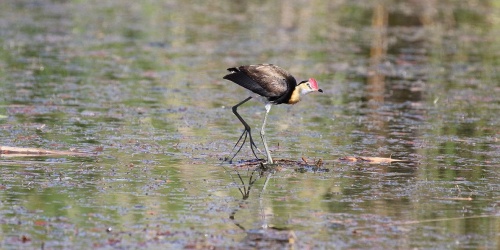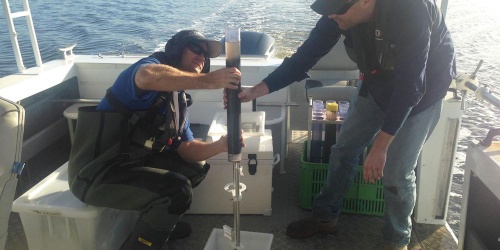
Program: Ecosystem Science
Status: Active
About the research project
Ecological monitoring is a key element of adaptive conservation management but can be resource intensive.
In recent years, techniques such as camera traps, audio recorders and satellite tracking have improved effectiveness of monitoring programs. Additionally, environmental DNA (eDNA) and metabarcoding have emerged as useful and sensitive technologies that may be used to enhance environmental and biodiversity monitoring.
While no single tool can provide all the information necessary for comprehensive monitoring, eDNA offers some advantages over other survey methods. For example, significant taxonomic expertise is often required to identify taxa, especially invertebrates, but such expertise can be difficult to obtain. Additionally, some existing methods are not ideal for detecting elusive or poorly known taxa and can be laborious. eDNA can provide a way to overcome some of these limitations by allowing for simultaneous multi-taxa detection.
This project examines how eDNA can be effectively used as a monitoring tool, complementing existing methods and projects for biodiversity conservation.
Management outcomes
The development of standard protocols for eDNA collection, extraction, and sequencing could contribute to standardisation across the department and potentially other agencies as this approach continues to be implemented for biomonitoring.
Results of these projects will help inform how eDNA can be applied in future monitoring and biodiversity survey programs, while the development of reference barcode libraries will improve species detection recovered from eDNA.
Analysis of soil microbiome in the Yarragil Jarrah forest catchments using eDNA techniques suggests ecological thinning doesn’t impact soil microbiome composition below and between trees, but the open space microbiome will likely expand as the canopy opens. These findings can inform future forest management practices.
eDNA has been added to the cane toad detection toolkit and is being used to track the invasion front.
Progress
- Wetlands eDNA kits are being tested at two Ramsar wetlands and barcoding of invertebrates commenced. Results are pending.
- Samples of zooplankton from the Pilbara have been extracted and sequenced and bioinformatic analyses have been completed. These data will be used to assess impact of invasive redclaw crayfish (Cherax quadricarinatus).
- Sequence data were analysed from soil microbial samples collected in the Yarragil experimental thinning catchments, and a poster was presented at the American Society for Microbiology Conference. Shotgun data is undergoing bioinformatic analysis.
- A collaboration with the Cane Toad Program has developed an eDNA sampling protocol for tracking the movement of the cane toad front and samples are being analysed on an ongoing basis.
- Samples of dry wetland sediment from the Badimia Conservation Reserves were collected for extraction of DNA to detect microinvertebrate resting egg banks.
- Soil and hollow/burrow sediment samples were collected from 41 sites in the FORESTCHECK network and methodological optimization has commenced to examine the utility of eDNA for non-invasive detection of terrestrial vertebrates.
- Trials of insect metabarcoding from Malaise trap samples are about to commence in early 2024.
- Trials to detect airborne spores of plant pathogens are about to commence in early 2024.
Project team
| Laurence Dugal | Rebekah Hortin |
|---|---|
| Research Scientist | Technical Officer |
Collaborators
Mount Gibson Iron Limited are providing funding for cane toad eDNA work on Koolan Island and associated mainland port facilities.
Publications
Hyde J, McGrath GS, Hopkins AJM, Stevens E, Bayer EM, Ruthrof KX (2023). Initial responses of the soil microbial community to forest thinning. POSTER. American Society for Microbiology 2023 Conference, Houston, Texas, 15-19 June 2023.
Contact
Laurence Dugal
Research Scientist
laurence.dugal@dbca.wa.gov.au








